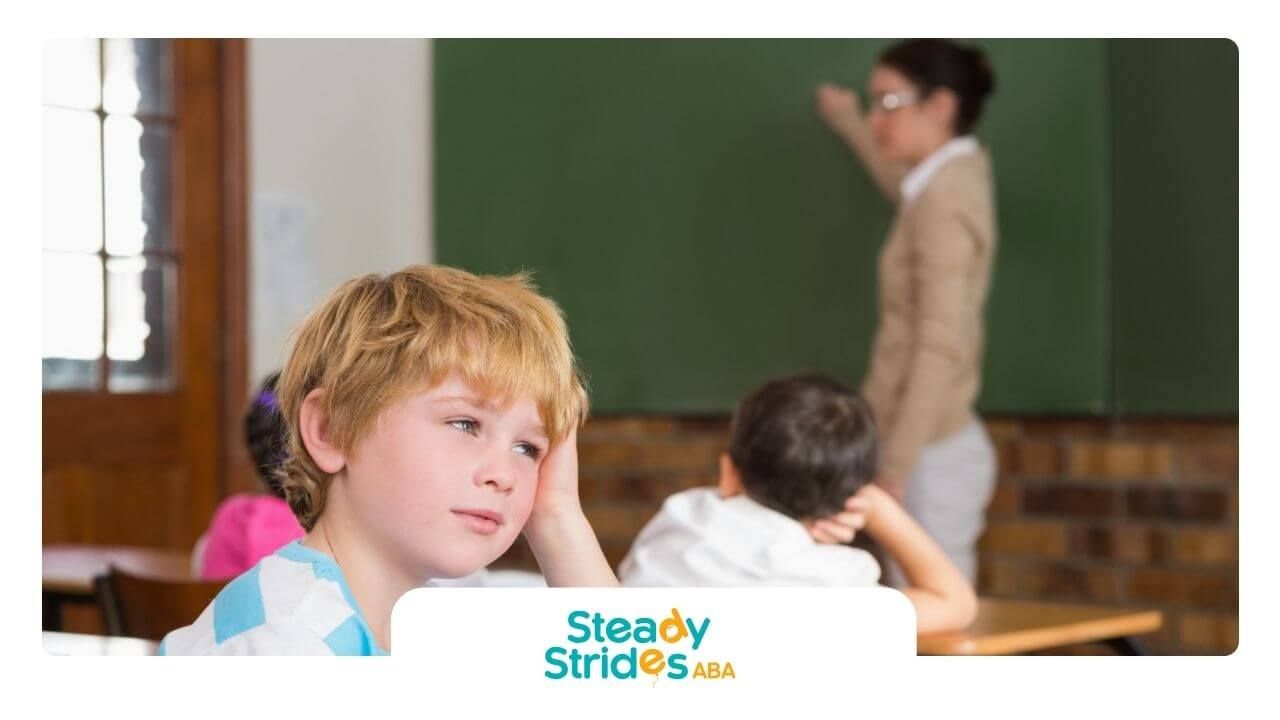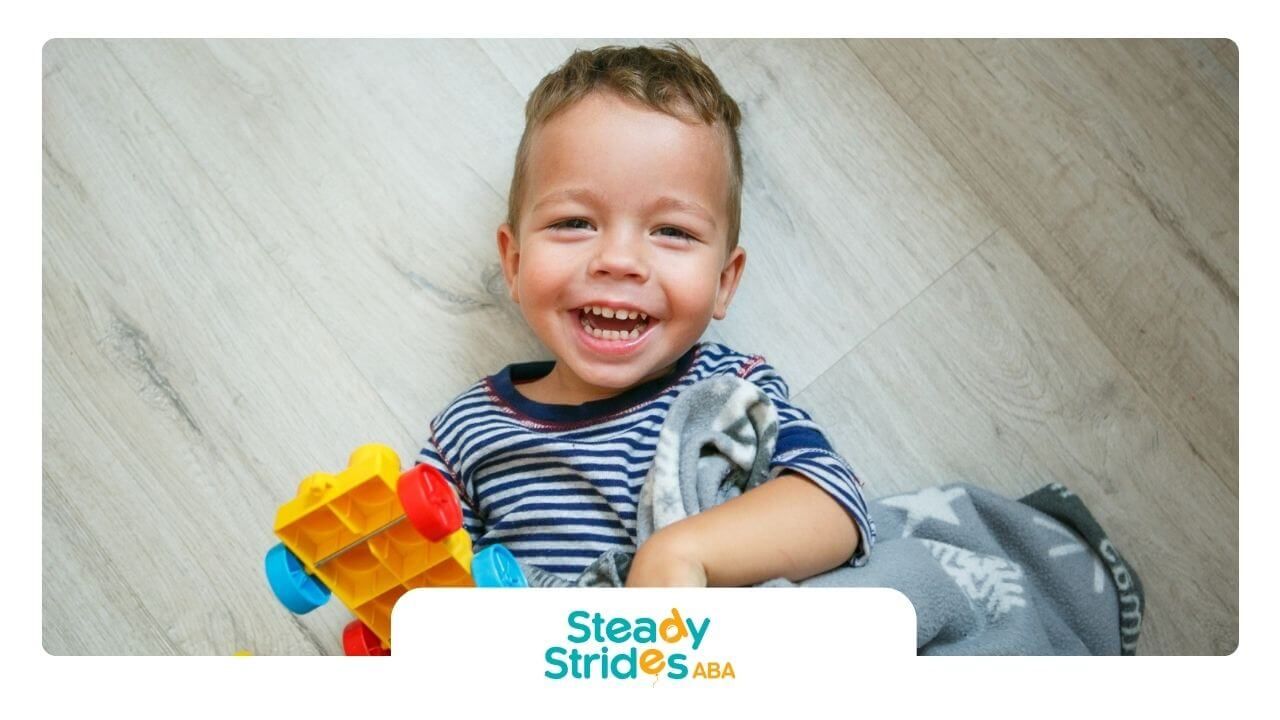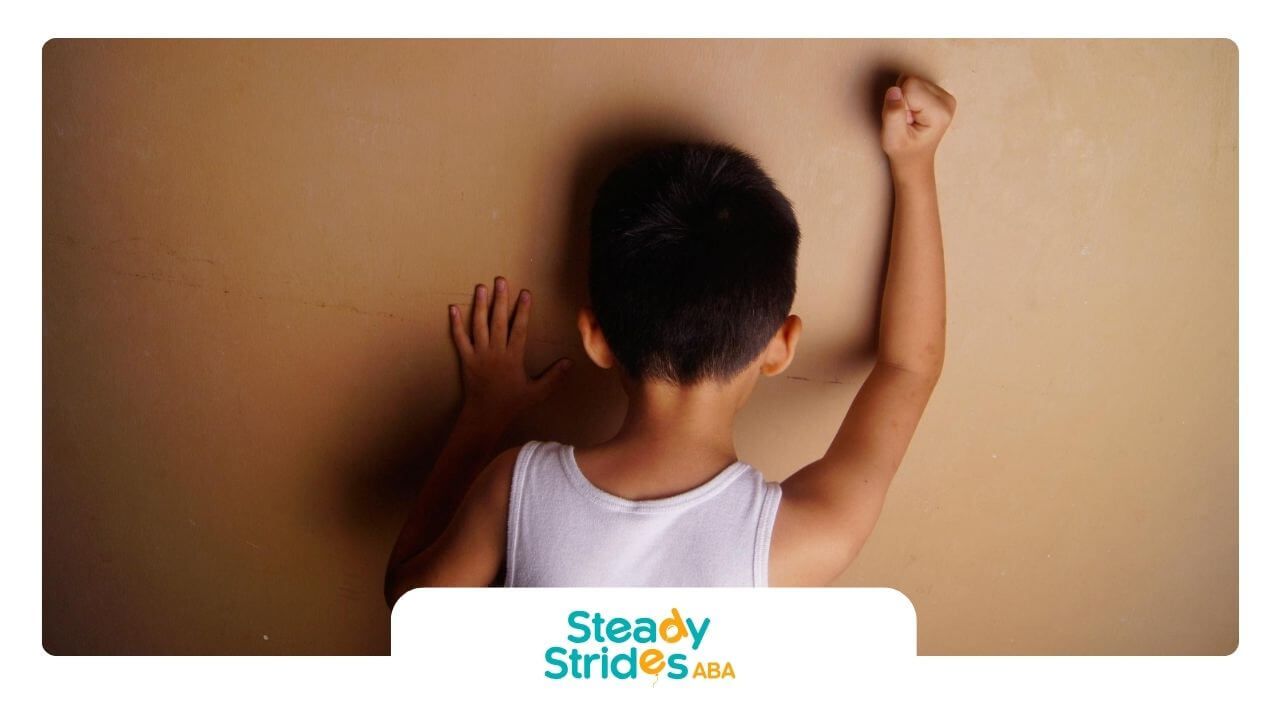If you're the parent of a toddler who’s just been diagnosed with autism, you’re probably overwhelmed with questions. One of the first recommendations you might hear is ABA therapy—but what does that actually look like for a 2‑year‑old?
As an ABA provider in Texas , I’ve worked with many toddlers and families in your shoes. This blog breaks down what happens in an ABA session, what goals are set for 2-year-olds, how we make learning fun, and why starting early can make a world of difference. I’ve also included personal examples and expert insights to help you feel informed—and hopefully more confident—about your child’s journey.
What Is ABA Therapy?
The basics, in plain language
ABA (Applied Behavior Analysis) is a therapy approach that helps children with autism learn important life skills. It’s rooted in behavior science, which sounds technical—but in practice, it’s about helping children learn through small steps, positive reinforcement, and structure.
We focus on teaching things like communication, social interaction, play skills, and daily routines. A trained professional (an RBT) works with your child, usually under the guidance of a Board-Certified Behavior Analyst (BCBA). We track progress closely and tweak things as we go.
According to the CDC, ABA is one of the most widely researched and effective interventions for autism spectrum disorder.
Why ABA Works So Well for Toddlers
Children at this age are just beginning to explore the world. They’re learning how to communicate their needs, how to play, and how to interact with others. ABA meets them exactly where they are and gives them the tools to build on those skills—with plenty of encouragement along the way.
Why Start ABA at Age 2?
It’s all about timing
The earlier we start supporting a child’s development, the better. That’s not just a feel-good idea—it’s backed by research.
“Parents are taught strategies for capturing their children’s attention and promoting communication... the earliest possible start is crucial.” —Dr. Geraldine Dawson, Chief Science Officer, Autism Speaks
Brain Growth and Learning
From birth to around age 3, a child’s brain is developing incredibly fast. Starting therapy during this window takes advantage of that plasticity. In fact, a University of Washington study found that children who received early intervention for autism gained an average of 18 IQ points—compared to only 4 points in the control group.
Early Wins Build Confidence
In my experience, many toddlers start showing real gains in just a few months. One little boy I worked with, Leo, had major communication struggles at first. But within a few weeks of consistent sessions, he was pointing to objects, using PECS, and even smiling more during play.
What Happens in an ABA Session?
Structure, fun, and learning—tailored to your child
ABA sessions for toddlers are often 2 to 5 hours long, depending on the child’s needs and attention span. That might sound like a lot, but sessions are broken into short activities that feel like play—because for 2‑year‑olds, play is learning.
Routines and Predictability
Toddlers thrive on structure. So sessions follow a familiar pattern—maybe circle time, then table work, snack, then play. Familiar routines help toddlers know what to expect and reduce anxiety.
Discrete Trial Training (DTT)
This method breaks down tasks into small, achievable steps. For example, we might start with a simple request like, “Give me the red block.” When the child responds, we immediately reinforce it with praise or a small reward. It’s repetition with purpose—and it works.
Natural Environment Teaching
We also teach skills in real-life settings. For example, snack time becomes a moment to practice asking for “more juice” using words or PECS. That way, children start connecting their communication skills to daily life.
What Are the Goals for a 2‑Year‑Old in ABA?
Building the foundation for lifelong learning
At this age, the focus is usually on functional communication, early social interaction, and independent daily routines. Every child’s plan is personalized, but here are the most common goals:
Communication Skills
Many toddlers with autism struggle to express their needs. We often start with basic requests—using PECS, gestures, or simple words.
I’ll never forget a little girl, Annie, who started ABA completely nonverbal. Within a month, she was handing me a picture card for “book,” and by the end of the second month, she whispered “book” herself. That moment was gold.
Social Skills
We practice taking turns, sharing, and responding to others. This usually happens during structured play with the therapist and, eventually, with peers.
Daily Living Skills
Even simple tasks like washing hands or putting on shoes are taught step-by-step. Each success is celebrated, helping build confidence and independence.
Positive Reinforcement: The Secret Sauce
Encouragement goes a long way
In ABA, we use positive reinforcement to encourage learning. That doesn’t mean bribing. It means rewarding a child’s effort with something meaningful to them—like a favorite toy, a sticker, or a silly dance.
When a child connects learning with joy, they’re more likely to keep trying. This kind of momentum is everything.
Carrying It Over at Home
Reinforcement doesn’t stop when therapy ends. We coach parents on how to use the same techniques at home—turning daily routines into learning opportunities. It makes a huge difference.
Parents Are Part of the Team
You don’t just watch—you participate
The most successful ABA programs are those where caregivers are actively involved. During sessions, we coach you on how to prompt your child, how to reinforce positive behavior, and how to deal with meltdowns.
One mom told me, “Now I use ABA techniques during breakfast and bath time. It’s like I have a parenting toolkit I didn’t know I needed.”
Tools That Support Progress
We might recommend using a visual schedule, PECS board, or social stories at home. These tools help children stay consistent—and that consistency is what leads to real progress.
How Is Progress Measured in ABA Therapy?
It’s not just about “gut feeling”
We collect data in every session. How often did your child respond to a request? Were they able to complete a task independently? Are they initiating communication more often?
This ongoing data allows us to make decisions based on what’s actually working—and adjust the plan when needed.
What Kind of Progress Can You Expect?
Every child is different, but most parents start noticing meaningful changes within 3 to 6 months. Sometimes it’s a new word. Sometimes it’s fewer meltdowns. Over time, these small steps lead to big outcomes.
Ready to give your toddler the support they need to thrive?
At Steady Strides ABA, we specialize in early intervention that’s customized, compassionate, and proven to help children grow. Whether you’re exploring options or ready to get started, we’re here to walk alongside your family every step of the way.
👉 Contact us today to learn more about our home-based ABA therapy programs and many more.
Frequently Asked Questions
How long does it take to see progress with ABA therapy for a 2-year-old?
Progress with ABA therapy in a 2-year-old can be different for each child. Still, many families see good changes in about 3 to 6 months. The more steady and regular the aba therapy is, the better the results. When therapists and parents work together, the child can reach their aba therapy goals faster and see improvement sooner.
What should parents expect during an ABA session?
During an ABA session, kids take part in planned activities that fit what they need. They might do things that use play to help them learn. There will also be skill-driven tasks and chances to talk and share with others. The therapist will talk with you about your child’s progress. They will also give ideas on how you can help your child keep learning at home.
Is ABA therapy suitable for every 2-year-old with autism?
ABA therapy helps many children with autism, but it does not work for every child. Each child gets an assessment to see their needs, strengths, and problems. This way, the approach can be just for them. Parents and professionals need to work together to choose the best way to help, since every child is different when it comes to ABA.
Sources:
https://www.autismparentingmagazine.com/autism-speech-communication-goals/
https://pmc.ncbi.nlm.nih.gov/articles/PMC9458805/
https://www.researchgate.net/publication/323767830_Early_Intervention_ABA_for_Toddlers_with_ASD_Effect_of_Age_and_Amount
https://bmcpsychology.biomedcentral.com/articles/10.1186/s40359-024-02045-5
https://www.autismspeaks.org/applied-behavior-analysis













